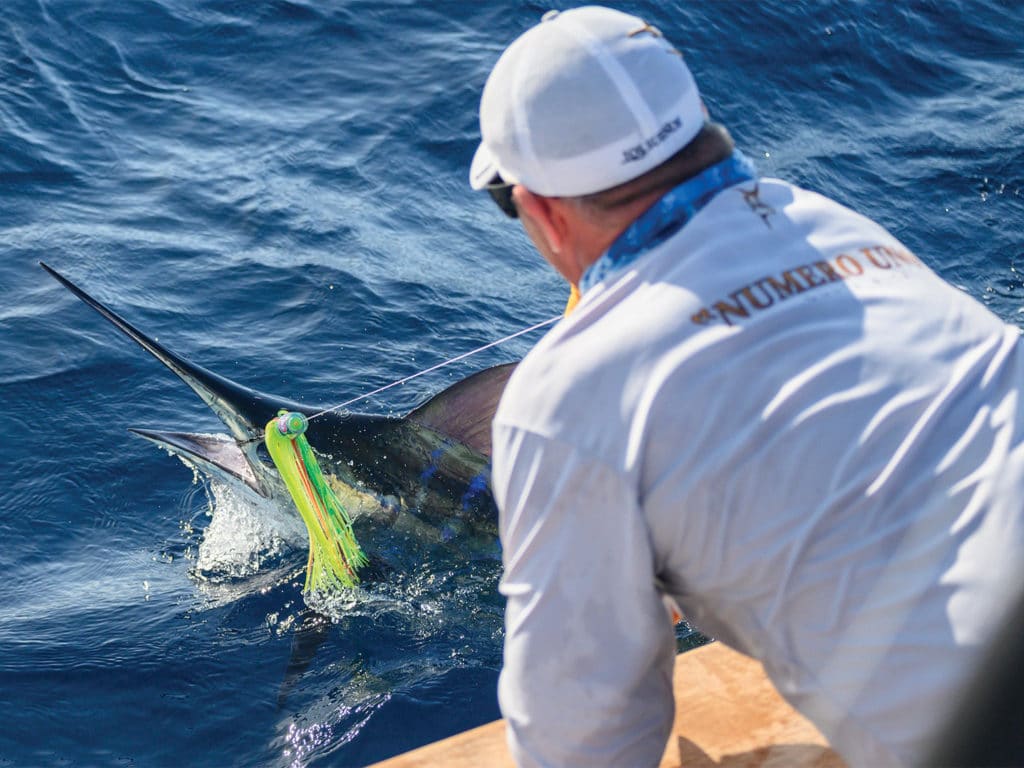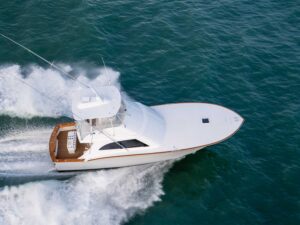
Special delivery: Sign up for the free Marlin email newsletter. Subscribe to Marlin magazine and get a year of highly collectible, keepsake editions – plus access to the digital edition and archives.
A common thread among successful business owners, including charter-boat owner-operators and captains and mates who work for themselves as independent contractors, is the ability to create and follow a business plan and then adjust as required. Business plans identify the goals of a venture and lay out the steps to follow in order to make the business successful. A 1979 Harvard MBA study related to goal setting revealed that 3 percent of the students in the graduating class that year had written goals and plans, but 13 percent of graduates had unwritten goals, and 84 percent had no goals at all. Ten years after the study, the 3 percent of grads who had written goals had a higher net worth than the combined 97 percent of everyone else. It’s no secret that setting goals and following a process is extremely important—anyone remotely familiar with working in the fishing community understands this.
The Investment-Policy Statement
In my opinion, the investment-policy statement is the most important document created when an investor and adviser meet to discuss the terms and goals of funds that will be invested. If you do not have an IPS, you should not be investing. This would be the equivalent of building a house without a blueprint. This is something that is an absolute must; you cannot wing it. The IPS is your business plan for the money you are investing, whether it’s a few hundred dollars to start a nest egg or several thousand from a tournament win.
Watch: A belly-strip teaser is a great way to raise marlin and sailfish. Learn to rig one here.
When a financial adviser engages a new client, the first step in the process should be to create an IPS. There are two main reasons why. The first is that some advisers are considered fiduciary, which means the law dictates that firm to manage a person’s assets for their benefit and not the benefit of the firm. The client’s interest always comes first for a fiduciary. The second reason is that the adviser needs a platform or direction for which they start building an asset-management plan. Keep in mind, most advisers are not fiduciaries.
The IPS defines how an investor’s funds will be managed and by whom. We try to identify the need for the funds, such as income, growth, charity, education, next generations, and anything else the money would be used for. This is an easy step. In order to support the needs for the funds, we will set a target return for the portfolio as a whole. Then we will develop an asset allocation for the funds, and state the minimum and maximum for each asset class. For example, the minimum invested in private equity might be 5 percent and the maximum could be 20 percent, meaning at all times, the portfolio will have some private-equity positions within this range. We will provide for all asset classes, including cash.
Setting the Risk Profile
We will also determine the risk profile and ask how much risk the investor can stomach. If the market drops 15 percent, what are their overall feelings? Will they lose sleep or will they want to use cash reserves to purchase more? We will also set market exit and reentry parameters.
I often say, “I don’t care what you make; I care what you put in your pocket.” The portfolio may have several different tax consequences depending on the entity in which the funds are held. If they are in a retirement account such as a Roth, they will be treated differently than if they were in a trust. Then there’s a variety of trusts that are taxed differently. All these tax situations are essential to know when creating an IPS.
One thing I always stress is that the best investments are the ones you won’t lose any sleep over. There might be two 50-year-old captains who both make $100,000 per year—one is comfortable rolling the dice, and the other doesn’t invest a dime. It’s all in the comfort level. Each IPS is different, just as each individual’s goals are different.
Read Next: Learn more about the Costa Offshore World Championship, including how to qualify to participate.
Another factor is the person’s age. Younger investors can afford to be more aggressive; the closer you get to retirement though, the more risk-adverse you tend to be with your money.
Investing is one of the best ways to work toward a more secure future for yourself and your family, including retirement, for anyone working in the marine industry today. Developing a solid strategy with an IPS is the first step. There are no shortcuts, but it’s an easy and rewarding process.







